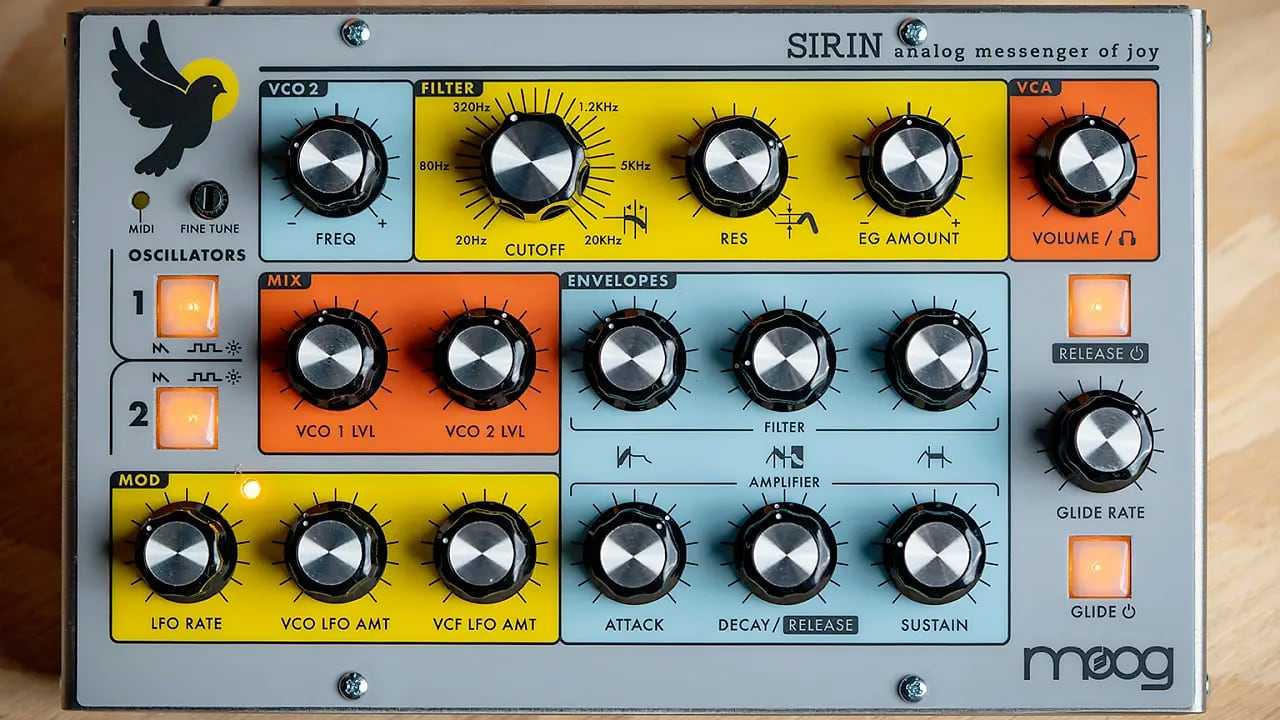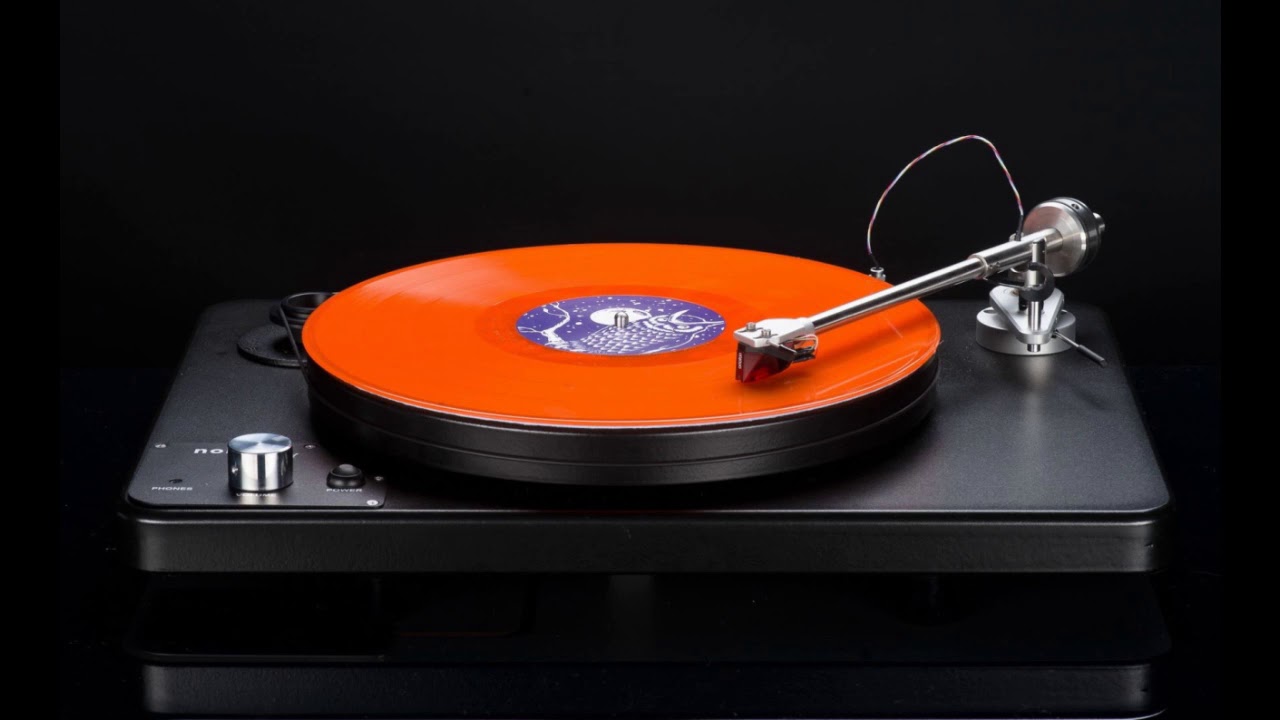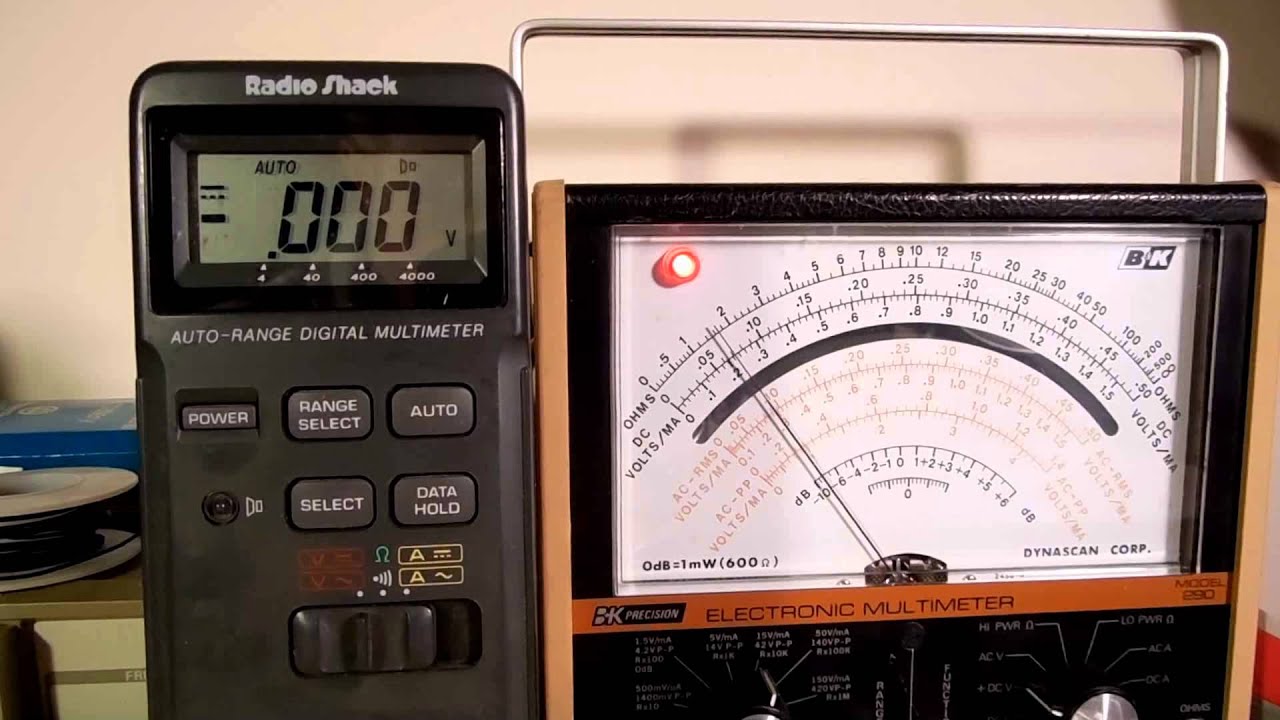Analog means that the data is in physical form. These data, unlike digital, are continuous because their physical form is a reflection of real life. Even though everything seems to have evolved into digital over time, we still live a very analogue life. Let’s take a closer look at what analog means and what are the differences between them and digital.
All electronic devices you can think of work by sending signals to each other. The reason for sending these signals is data transfer. When we think of data transfer, we all think of digital data created with codes, but the physical data we call analog is still with us. Analog data is in physical form and is continuous. When we look at it from this perspective, we see that the analog system is actually a reflection of real life.
Of course, the fact that analog data is in physical form does not necessarily mean that they are tangible and visible. The important thing is that the signals that the devices send to each other are readable. Even in today’s world, where everything seems to have evolved into digital, analog still appears everywhere, albeit in collaboration with us and digital. Bride What does analog mean, what are the differences between them and digital? Let’s take a closer look.
What does analog mean, how does it work, what’s the difference with digital?
Let’s start with the basics, what does analog mean?
Although it is possible to make many different definitions, in its most basic form analog is a data sharing system. The data shared within this system is physical and transmitted as a signal. It doesn’t necessarily have to be tangible. The system in which the data transmitted by the signal shared by the device or with another device is in physical form is analog.
The physical data shared over signals in the analog system is continuous. Digital sharing is limited. From this point of view, it is possible to say that the analog system is a reflection of real life. If we think of an analog watch, we see that the hour, minute and hour hands are constantly rotating. The digital clock, on the other hand, shows only certain numbers in sequence, as assigned.
How do analog devices work?
Let’s see how analog devices work through two similar devices, a CD player and a record player. Even if the CD player looks like an analog system it actually reads the binary data on the CD, that is, it transfers a digital signal. It is clear that the record player is analog in every way because the needle reads the reliefs on the record and turns it into sound.
As can be seen from the record player example, the analog system is actually a system made over the signals we are accustomed to today. It is the physical state of the data sharing system. Analogue system should not be considered only as a device. Man-made processes are also considered analogues. For example, filling out a petition manually and delivering that paper to the officer is an analog system.
Some examples of devices working in analog fashion:

- Speaker
- tube television
- Fixed phones
- audio tapes
- old style copiers
- vintage cameras
- old type voltmeter
- old type ammeter
- old type wattmeter
- Ambulance, fire truck-like sirens
- vintage watches
- ceiling fan
- vintage computers
- audio amplifier
- Thermostat
- strain gauge
- Antenna
Here are some of the most well-known examples of analog devices that everyone knows and still uses today. If any of the devices in this list if you have seen at least one And if you have used it, you know more or less what an analog operating system is.
All analog devices transfer and read the data they share over signals in analog form. As a result they transmit a signal similar to all the devices we know but of course, analog devices have a very high potential to cause problems, since there is no sharing as fluent as digital. Still, it has to be admitted that sometimes they work much more robustly than digital systems.
Differences between analog and digital:

The most striking difference between analog and digital systems is It is the way data is recorded and transmitted. In the analog system, the data is recorded as they are and transmitted in the same way. However, records in the digital system are in binary format. It is much easier to operate on this data due to the binary recording form of the digital system.
As we all know, transferring in a digital system is extremely easy. However In the analog system, this transmission is very, very limited. This is normal due to the nature of systems. It should be noted that one of the recording system is physical and the other is digital.
Even a separate topic can be opened on audio and video, because as we know Audio and video can be recorded both analog and digital. But at some point it comes down to the method of transmission. Again, due to its nature, even if transmission is possible in the analog system, it causes delays because it will be quite slow. In digital, on the other hand, the latency can be so small that it is not noticeable. For this reason, even in the most primitive times of digital, data transmission was made over the digital system during live broadcasts.
Contrary to what is thought, analog has not left its place to the digital system. Yes, digital is much more common but still due to its many features. There are numerous areas where the analog system is preferred. First of all, the analog system is cheaper, easy to assemble and works smoothly when necessary connections are provided with many different technology products. For this reason, it is thought that even in the distant future, analog systems will still be with us.
What about analog or digital? Which is better?

Of course, the question of better analog or digital is not based on personal tastes. It would be more accurate to evaluate it from a technical point of view. Because if you like the sound of the record player more, you cannot say that digital music is bad, or if you like to use an analog watch, it is not possible to say that digital smartwatch is bad.
In the analog system, the data is recorded in full physical form on a continuous basis. If we consider an audio or video track The analog record we have contains the full version of the data in question. In the digital system, this situation is a little more flexible.
In the digital system, the data is stored numerically in the binary system and is therefore quite flexible. Recorded digital data can be viewed in many different ways. and it is much easier to operate on it. Analog data can be converted to digital and digital data can be converted to analog data. In other words, the answer to the question of which one is better is hidden in the answer to the question of what do you need.
Even if it is gradually replaced by digital What does analog still in our lives mean? By answering the question, we explained the working principle of this system through examples. Analogue or digital? You can share your thoughts on the subject and your experiences about the devices you use in the comments.
